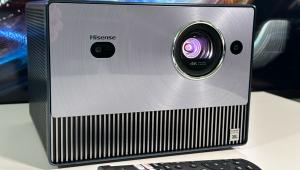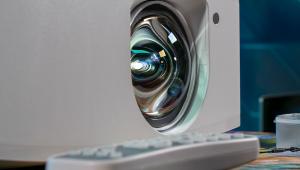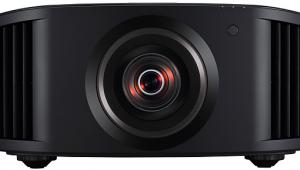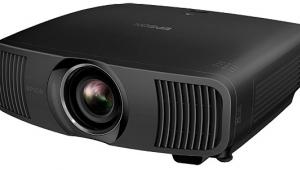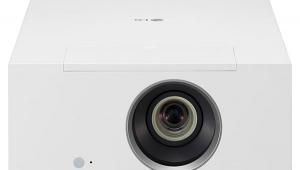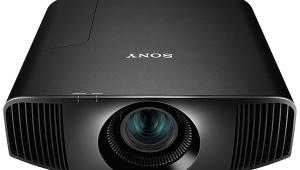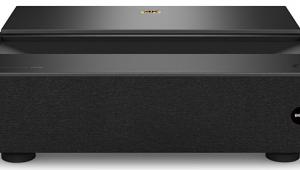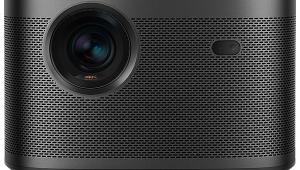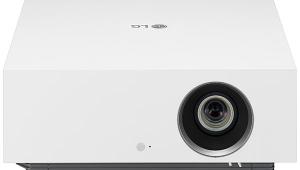BenQ Cineprime HT3550 4K DLP Projector Test Bench
FULL-ON/FULL-OFF CONTRAST RATIO: 1,370:1
The measurements here were made using CalMAN measurement software from Portrait Displays (www.portrait.com), together with a Photo Research PR-650 color meter, Minolta LS-100 luminance meter and a Murideo/AVPro (Fresco Six-G) test pattern generator.
Pre-calibration measurements were made with the HT3550's Cinema picture mode active. Post-calibration measurements were made in the same mode. All measurements were made with the projector positioned 8 feet from a 92-inch diagonal, 1.1 gain Stewart Filmscreen Cima screen with its zoom lens set near the middle of its range.
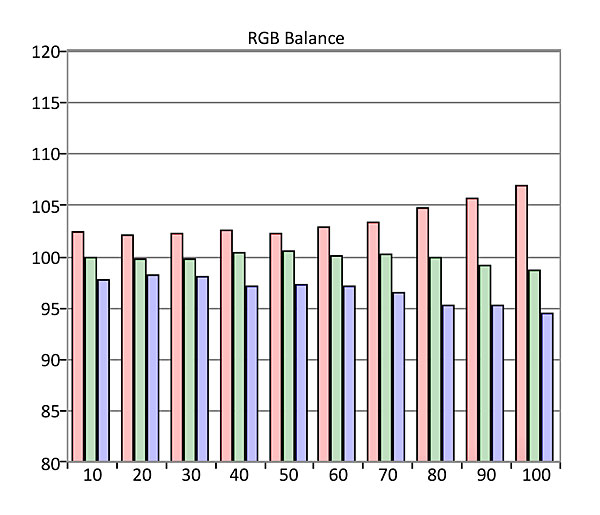
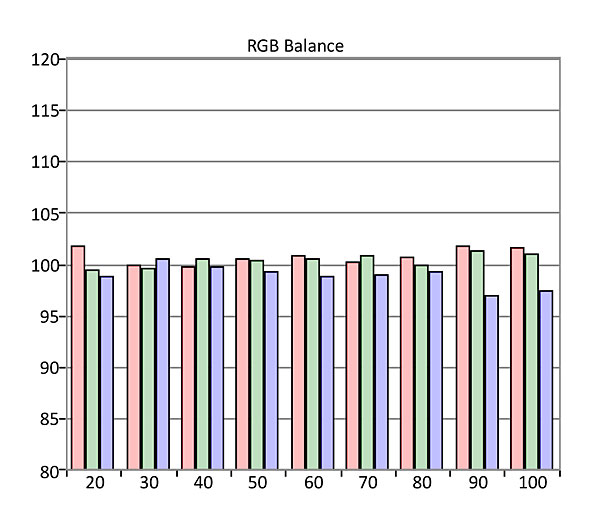
The projector's full-on/full-off SDR contrast ratio was achieved with the Cinema Picture mode, Normal Light mode, and High Dynamic Iris settings active. With this combination, black measured 0.021 ft-L and peak white 28.78 ft-L for a contrast ratio of 1,370:1. The projectors' native (High Dynamic Iris off) contrast ratio with the same preset and Light mode active was 442:1. In HDR10 display mode with the Normal Light mode, High Dynamic Iris, and default mid-point (0) HDR Brightness settings active, Full-on/ full-off contrast ratio using a 10% white window pattern measured 0.09 nits black and 73.65 nits (21.5 ft-L) peak white for a contrast ratio of 775:1.
Before calibration, the default Normal color temperature preset in Cinema Picture mode displayed a slightly red bias, but good grayscale tracking overall, with the Delta E averaging out to 2.6. After calibration, that number improved to 0.9 with a high of 2.0 at 90 percent brightness. (Delta E is a figure of merit indicating how close the color comes to the standards, either D65 for the white point or the color coordinates for each of the primary and secondary colors that define the color gamut under test. Values below 3 are generally unnoticeable.)
With the default settings active in Cinema Picture mode, the Delta E of the HT3550's measured color points averaged out to 4.5. Using the projector's color management system controls, I was able to improve color point accuracy to a Delta E of 2.0. Coverage of the DCI-P3 color gamut adhered closely with BenQ's specs: 94.8 percent with both the BrilliantColor and Wide Color Gamut settings on, and 95.4 percent with BrilliantColor off.
Post-calibration, gamma closely tracked a 2.2 target for most of the range with the 2.2 Gamma preset selected, with a high of 2.3 at 90 IRE. In HDR10 mode, peak white output measured 70 nits +/- 4 nits regardless of the size of the measured white window. Picture uniformity was excellent: white full-field test patterns showed minimal brightness drops between the center and edges of the screen, and no color shifts. Our suite of video processing tests revealed below-average performance, with the BenQ tripping up on HD 2:2 and 2:3 pulldown patterns.
Input lag with a 1080p source measured 83ms, making the HT3550 a less desirable option for high-def gaming.—A.G.


